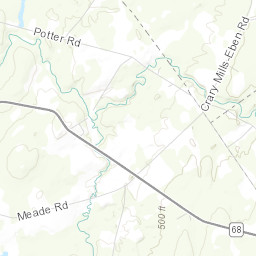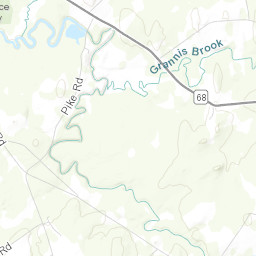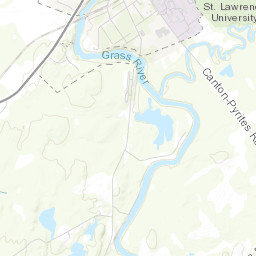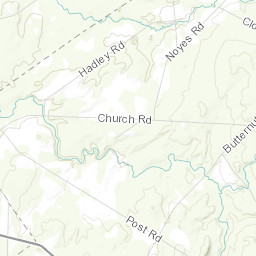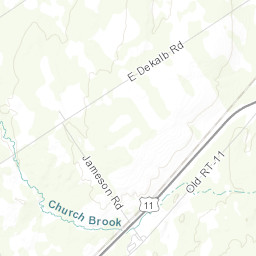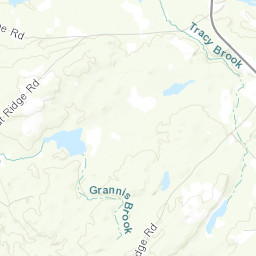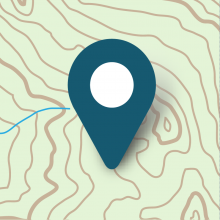
North Country explorer from Syracuse
After trekking away from our St Lawrence vans, down into the small valley, our class set down our gear and donned our waders. This is a regular occurrence for our Limnology class, our weekly lab periods are spent investigating the local freshwater ecosystems and today was the final day of the field work portion of our curriculum. It was a beautiful day and the picturesque babbling brook was sparkling in the sunlight. We settled into our various jobs, proving to our professor that we have mastered the techniques required for the course, while still being efficient and having a great time. After a few hours of taking transects, checking water temperatures and depths, it was now time for my favorite part of our field studies. We collect macro-invertebrates like mayflies and caddisflies, take sample populations counts and determine the health of the stream. In our collection this time, we found a mysterious substance on some of the rocks that looked similar to a gelatinous egg casing, except to the touch they weren't jelly-like at all but spiky! We quickly asked our professor what it was that we had encountered and he was excited to tell us that it was a fresh water sponge. Because we were so late in the season, the sponge was preparing itself for winter and making its body smaller. A sponge is a filter feeder, meaning that it filters water through its body and collects anything that flows through it of substance and processes it as food. Not much flows through a small stream in the chilly winters here in the North Country, so a sponge like this has figured out a way to adapt and conserve energy. It shuts down most of its "meat" or spongin, and leaves behind that material that gives the sponge structure, called the spicules. Those spicules are made of a glass like structure, so the spikes that we were feeling were the left over spicules of a wintering sponge.
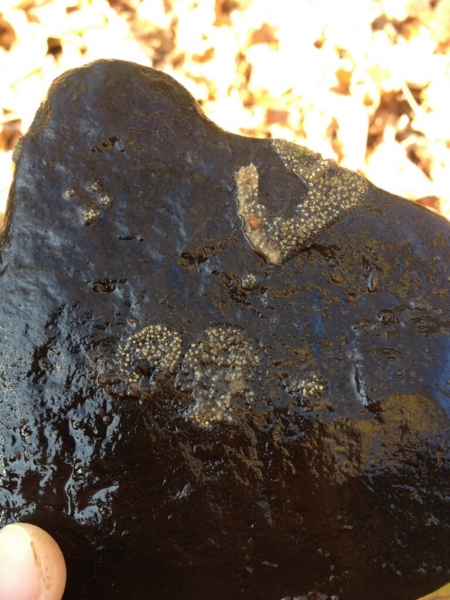
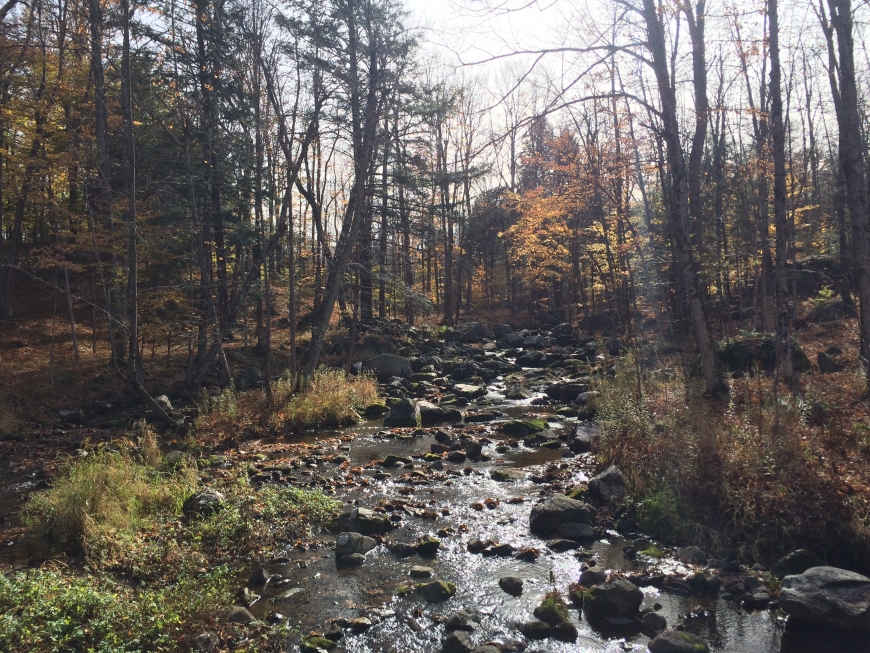
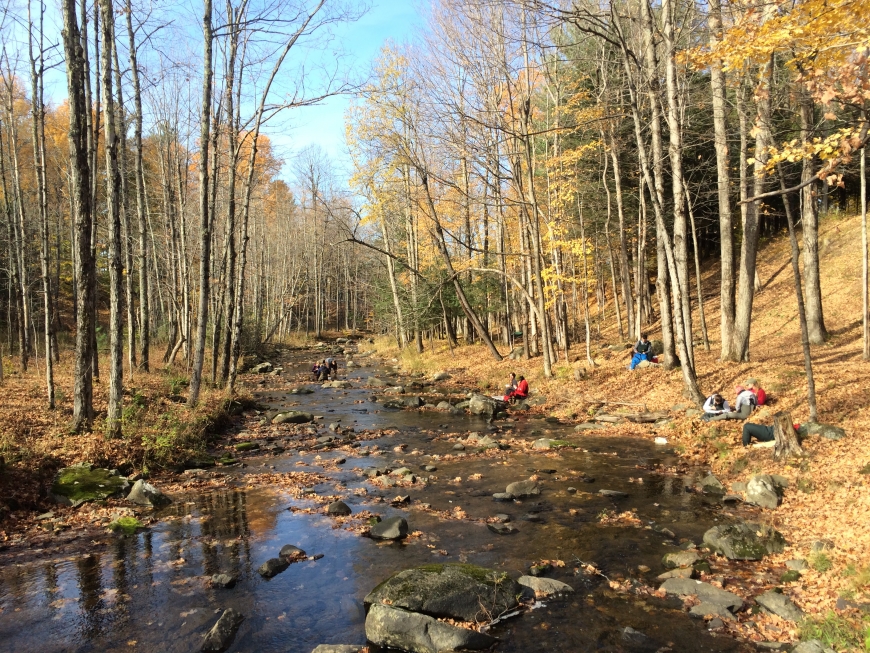
Fresh Water Sponge
Boyden Brook
Classmates enjoying a break




